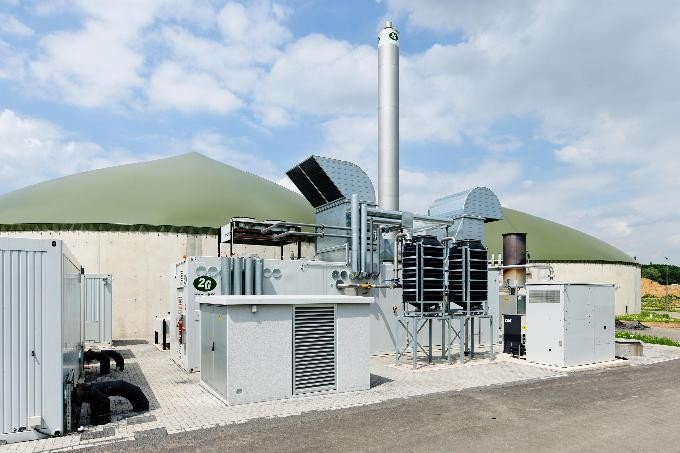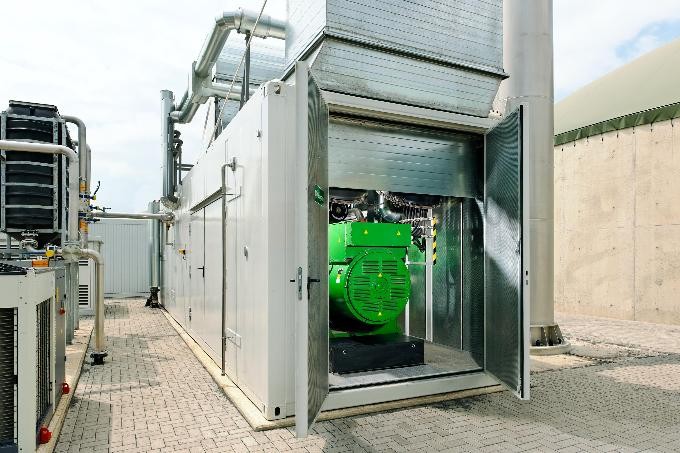World's Largest Waste-to-Energy Plant Planned for Ohio
New Hampshire, USA -- A 9.4-MW biogas combined heat and power (CHP) plant is under development in Grove City, Ohio. The plant will be developed in two phases, spanning 185,000 square feet, making it the largest waste to energy facility of its kind, according to 2G CENERGY, which is contracted to supply the biogas technology for the facility.
The entire project, developed by Florida-based Team Gemini, will consist of a waste receiving facility, a waste stream recovery plant, and anaerobic digesters. During phase 1, the facility will be able to process about 30 percent of the current waste stream (around 2,000 tons per day), and organic waste will be fed to the anaerobic digesters.
Landfill gas from the nearby Solid Waste Authority of Central Ohio (SWACO) landfill site will be fed into a 5.55-MWh biogas cogeneration system. The system also includes UDR technology provided by German-based Enoc2, which optimizes the fermentation process and improves energy output. It is also fitted with emission control technology and a combustion management system provided by 2G CENERGY, which monitors the plant’s efficiency and helps control emissions to “insignificant levels.”
Developers also plan to construct an industrial and research park north of the plant, which will include business centers powered by the facility. Tenants will also have access to recycled by-products recovered from the facility, which can be used to generate new products.
“Historically, we always considered trash something that costs money to get rid of, a cost center," said executive director of SWACO Ronald J. Mills in a release. "We will be turning trash management from a cost center to a true profit center by extracting the value that is intrinsically contained within that trash stream. This allows us to get closer to our vision of finding a viable alternative to landfilling."
The project team plans to eventually process 100 percent of the waste stream in the near future. Phase 1 is set to be completed in late 2014, and phase 2 is expected to be finished by 2015.


